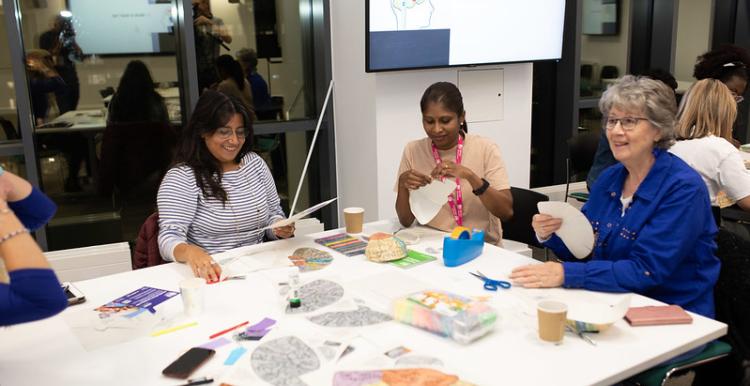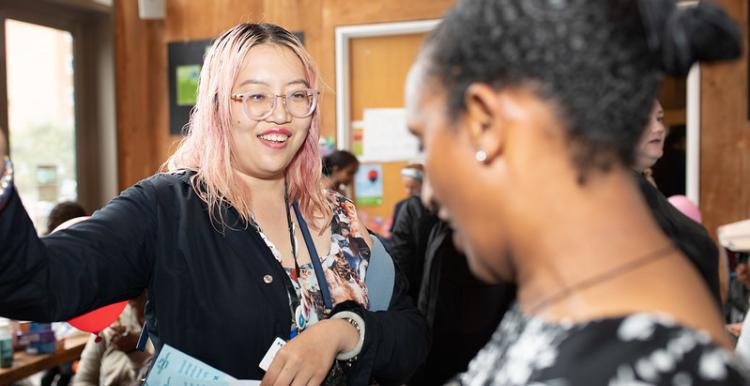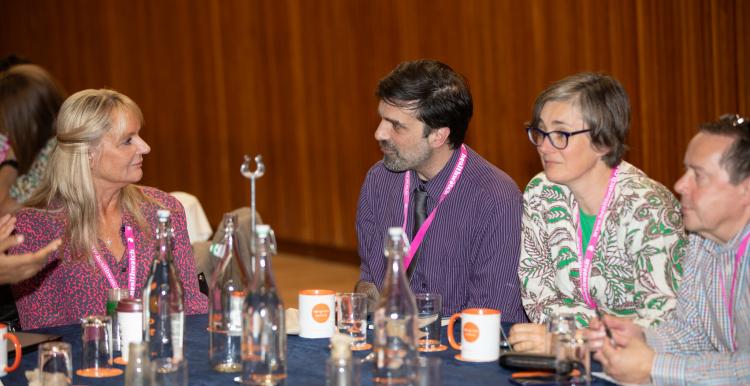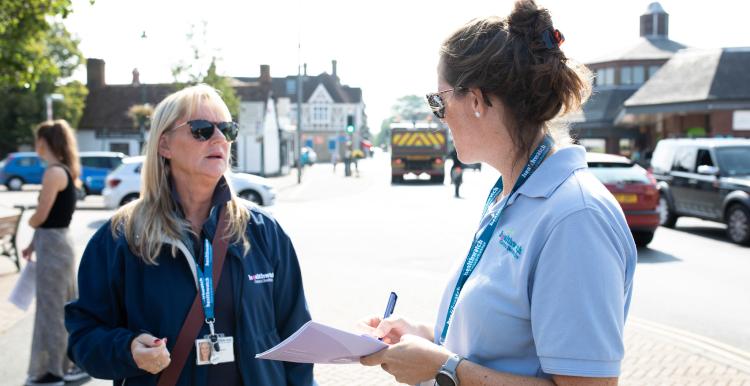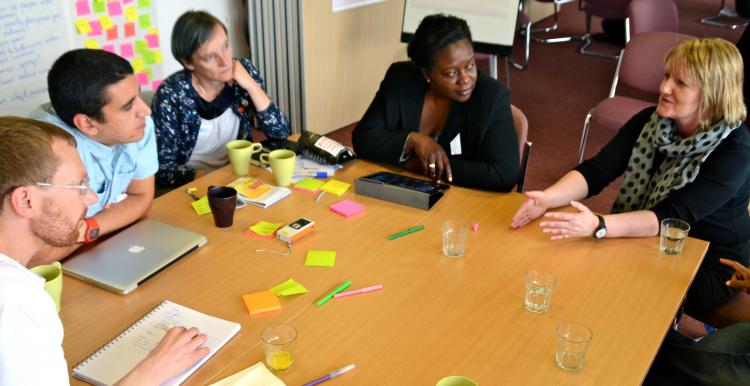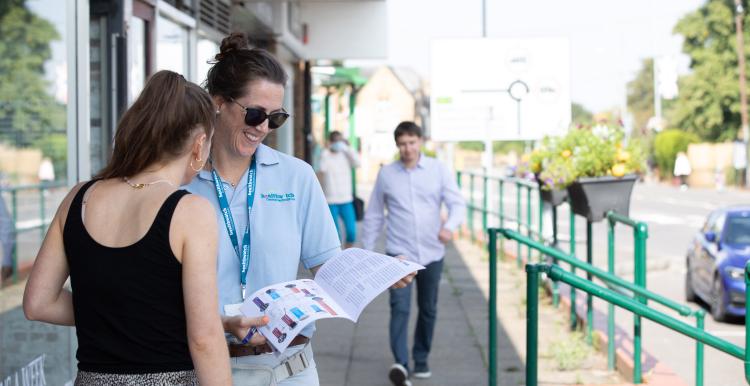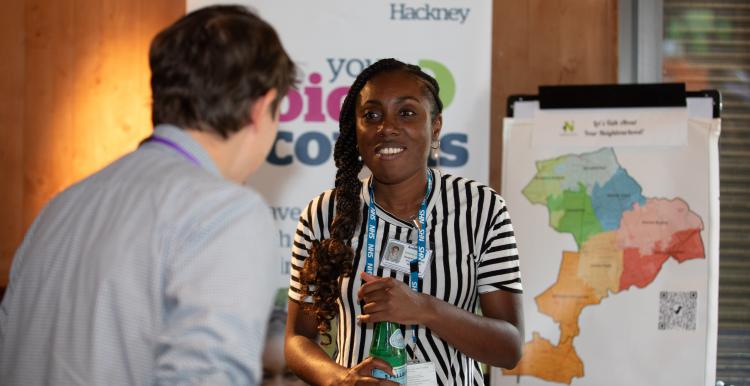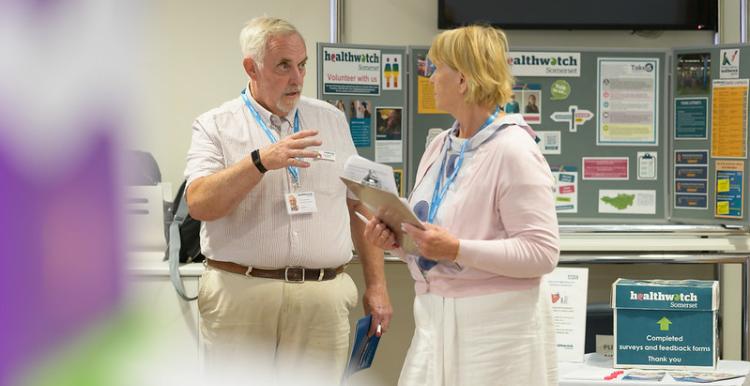Our future relationship
In our strategy consultation, this is what you’ve asked us to do. This builds on what you’ve said to us and the team over the last few years.
Resource and commissioning
If there is a legislative opportunity, we want to be ready with a sustainable and effective model – tried and tested if there is time. We’ll need your help to build on what’s already working well and look at the different options.
In the meantime, we will continue to work with local authorities to support effective commissioning, including looking at a more consistent approach to contract monitoring.
Our culture
Culture defines our internal and external identity, motivates and keeps our people and makes us feel part of a team and movement. Many of you have already set out the values and behaviours that underpin your culture. We'll be looking at our own culture, and we thought it would be beneficial to do this alongside the network so we can all adopt or align to a shared set of values and behaviours. This work will commence in Autumn 2023.
Communications
You told us that two-way communication between us should improve, the number of asks can feel burdensome, and it can be challenging to find the information and resources you need. We’ll review how we communicate, including revamping the network site – with your help. This will be ready by March 2024.
Impact, facilitating peer support and collaboration
Mindful of your feedback about not making too many asks, we’re keen to better understand the impact you are achieving, spot any trends across the network to inform our policy work and make sure we promote it to all our audiences – including other Healthwatch. We will also offer to facilitate collaboration between Healthwatch and peer support networks – all the time making this optional so as not to impact your local priorities. We’ve started having these conversations at regional forums and will set out our approach in more detail before September 2023.
Professionalism and skills
Our value relies on the professionalism and skills of our people – staff, boards and volunteers. With your help, we’ve set out the core skills and corresponding training and support options – many of which are developed and delivered by network members. You can find out more here.
Equality, diversity and inclusion
We are continuing our commitment to support equality, diversity and inclusion, set out in the Roadmap. You will see we are offering a programme of training; we will be looking to profile Healthwatch activity that addresses inequalities; we will continue to support the Equality Diversity and Inclusion Peer Network and support sharing of best practice.
We also want to ensure we understand the Healthwatch network’s profile amongst communities and people with protected characteristics. We’ll need your help to significantly improve the response rate to our anonymous Healthwatch People Diversity Survey, as we previously had a low rate of return. We will shortly send you the survey questions in advance, so you have plenty of time before we collect the survey results in November 2023.
